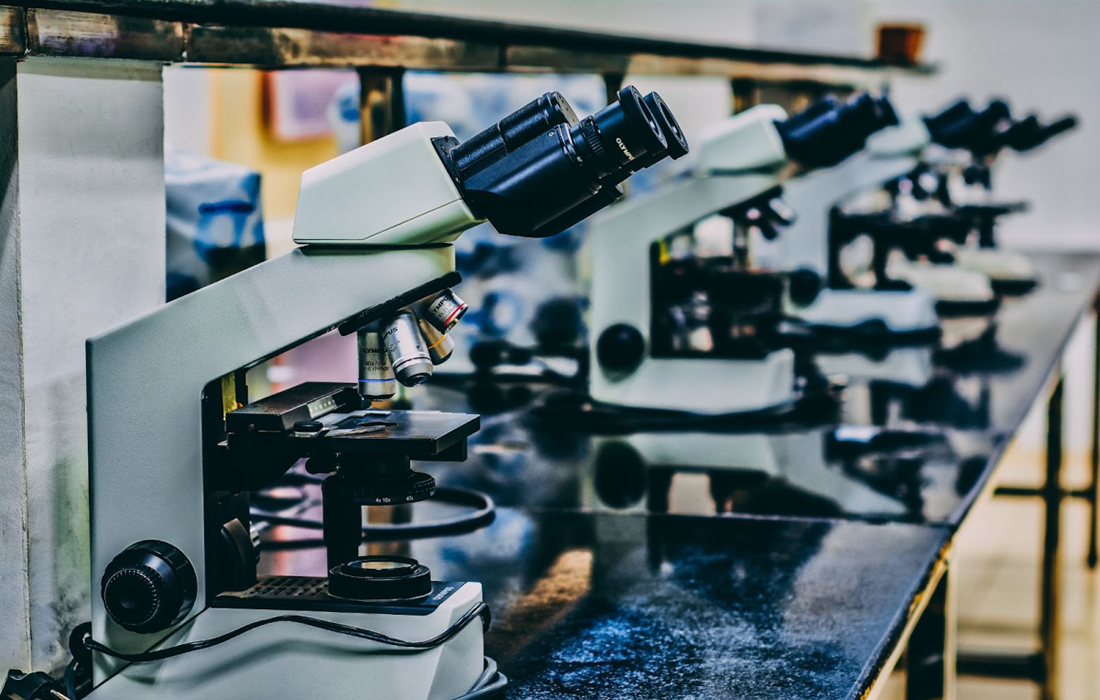Regenerative Medicine News and General Information
Lipid Molecules Help to Get Stroke Therapies into the Brain
To get therapies into the brain after a stroke, researchers are increasingly making use of the blood-brain barrier, which allows only certain molecules to pass from the blood into the brain.
Current stroke therapies are only effective if they are delivered within a short window of time, which limits their effectiveness in many patients.Many new therapies are being investigated that can be applied outside this short window of opportunity. One such therapy involves the use of antisense oligonucleotides, which can be targeted to increase the production of beneficial proteins after a stroke.
“We’ve recently developed an antisense oligonucleotide known as a DNA/RNA heteroduplex oligonucleotide, or HDO,” says senior author of the study Takanori Yokota. “To see how different lipids affect the uptake of HDO in the brain, we linked it to either cholesterol or TOC and then injected it into the blood of mice who had been given an experimentally induced stroke in just one side of the brain.”
The TOC-linked molecules were observed at very high levels in the stroke-lesioned side of the brain only, whereas the cholesterol-linked molecules were high in both sides of the brain.
“Together, our findings suggest that TOC-linked HDO is safe to use and is preferentially taken up and incorporated into cells in areas of stroke damage,” says Yokota. “This delivery method is potentially very useful for the targeted up- or down-regulation of protein expression after stroke.”
Sources:
Fuying Li, Keiko Ichinose, Satoru Ishibashi, Syunsuke Yamamoto, Eri Iwasawa, Motohiro Suzuki, Kie Yoshida-Tanaka, Kotaro Yoshioka, Tetsuya Nagata, Hideki Hirabayashi, Kaoru Mogushi, Takanori Yokota. Preferential delivery of lipid-ligand conjugated DNA/RNA heteroduplex oligonucleotide to ischemic brain in hyperacute stage. Molecular Therapy, 2023; 31 (4): 1106 DOI: 10.1016/j.ymthe.2023.01.016
Tokyo Medical and Dental University. “Lipid molecules help to get stroke therapies into the brain.” ScienceDaily. ScienceDaily, 17 April 2023. <www.sciencedaily.com/releases/2023/04/230417142415.htm>.
Images from:
Photo by Ousa Chea
https://unsplash.com/photos/gKUC4TMhOiY

